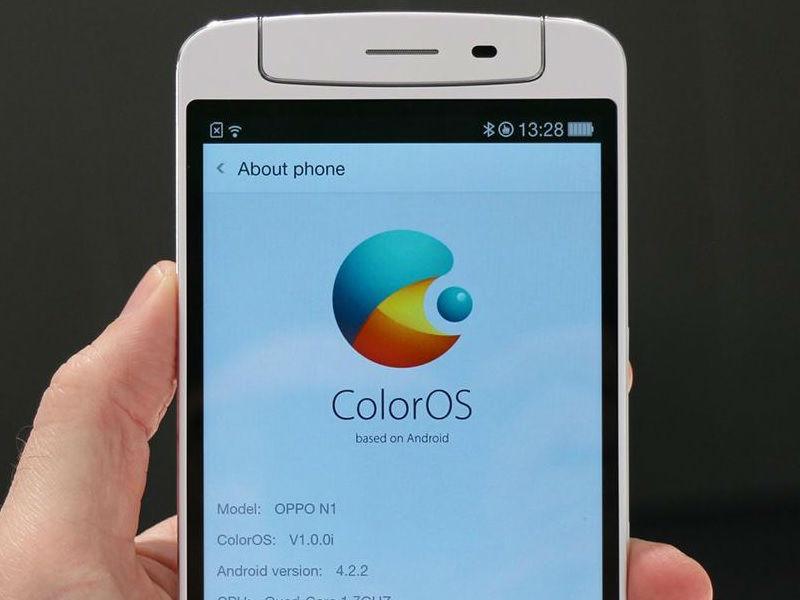
What are smartphones to us? For some people they’re everything; for others, they’re handy, but not necessary. But whether you consider them necessary or not, you can’t deny that our smartphones come with some pretty impressive features these days for being devices that were once spawned from being a simple cell phone made for calling. One of the most important features that smartphones come with? Their cameras.
Cameras on cell phones have always been a popular feature. Even when the quality wasn’t that great, having the ability to take out your cell phone and snap a picture or record a short video when you needed to was an extremely handy feature to have. These days most smartphone cameras have gotten so advanced that people are ditching their standalone digital cameras because they never use them anymore - their smartphone has become their main camera. And why not? Most people carry their phones around with them everywhere anyway. If the quality is good enough, it’s almost a moot point to bring an extra digital camera around for casual picture taking.
But the rear-facing camera on a smartphone (the camera that usually features the highest quality camera) isn’t the only camera of importance. In an age of video calling, Snapchat, and selfies, the front-facing camera is almost of equal importance these days. But despite the front-facing camera’s importance, front-facing cameras are only just now starting to be made to take decent quality photos and video. In some instances you’ll find that the front-facing camera has at least acceptable quality. 5-megapixels or above is probably decent enough for a clear selfie or video call. Still, most phones are going to come with 2 to 3-megapixel shooters on the front, if at all.
But one company found the perfect solution to making sure that both the front and the rear-facing camera get equal amounts of love, and that company is Oppo. Instead of trying to cram two cameras of equal quality in the top of a phone, they decided to use only one camera - and made it so the camera swivels to whichever direction you need it to face. This was first introduced in the Oppo N1 smartphone, and looks to be making a return in the Oppo N3 as well.
The design, of course, first struck me as odd-looking, but never something that I didn’t think was going to work. In fact, I found that Oppo’s swivel camera was one of the most innovative features that I’ve seen in a while - which is great, considering that sometimes it feels like true innovation is hard to find these days in the mobile industry; a phrase that was used in the earlier days of smartphones, but has since grown thin now that most designs and features are so similar to one another.
Yes, front-facing cameras may seem like a silly concept to a lot of people, but realistically the front-facing camera has become of equal importance to the rear-facing camera (particularly to people in my generation). I couldn’t explain the phenomenon if I tried, all I can say is that taking pictures of yourself - and being able to see the picture you take of yourself before you actually take it - is something that is extremely important to people my age. It’s essentially how we learned to express ourselves, duck faces and all. But it’s also become an important form of communication for people who do a lot of video chatting. A good front-facing camera has the potential to reach a lot of audiences. Oppo realized this and seized the opportunity to make the front-facing camera equally as important as the rear in every way, and I applaud them for that.
Now if only I could applaud them more for being more available in the U.S., but for now we’ll settle for the swivel camera.
Images via Digital Trends, Android Authority